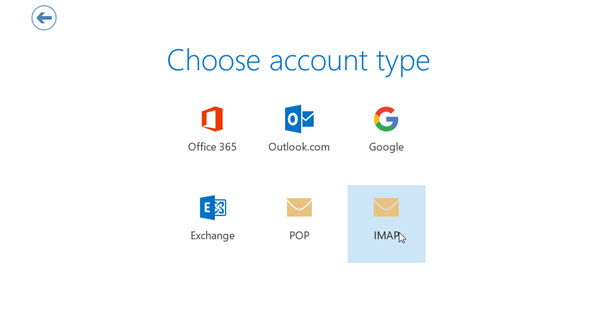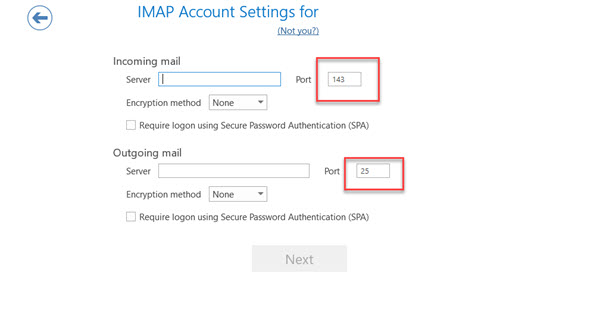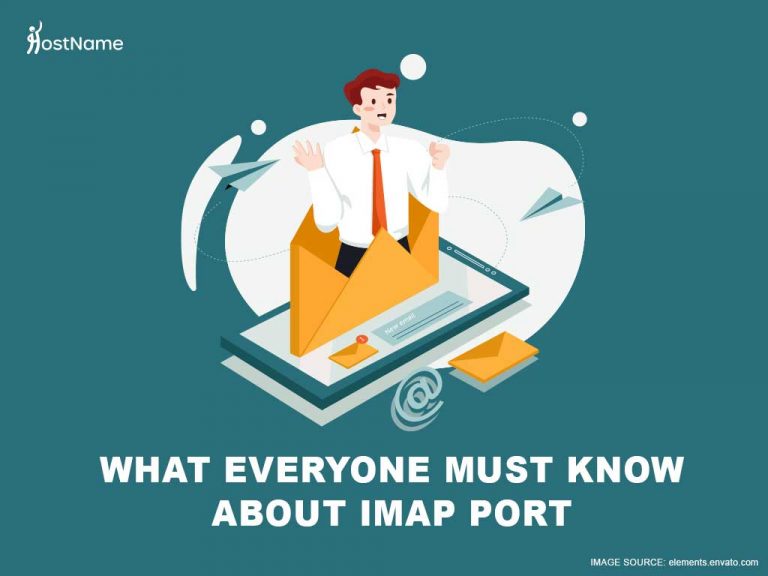Knowing more about IMAP will help you make better decisions about managing your emails. So, without further ado, here’s everything you need to know about your IMAP port! This is a beginner’s guide, so we’ll start with the basics:
Table of Contents
What is IMAP?
IMAP is an email protocol that lets you access your email on all your devices, no matter where you are. This means if you’re using IMAP, you can read and send emails from your laptop, tablet, and cell phone. IMAP isn’t the only email protocol – there’s also POP3 and SMTP, for example. But IMAP is the email protocol that most people prefer.
An email protocol is just a standard method for exchanging information between email clients. (Some examples of email clients are Gmail, Yahoo and Outlook.) MonsterHost offers hosted exchange from Microsoft Outlook, so if you’re using this service, you’ll likely want to use IMAP.
Why is IMAP the preferred protocol?

You already know that IMAP lets you read and send emails on all your devices, but what truly makes it useful is that it synchronizes your emails across multiple devices. This means when you read a message on your cell phone, for example, it will also be marked as “Read” on your laptop, tablet, desktop, and all the other devices on which you’ve set up your email address. (Click here to learn more about domain name registration and webmail setup!)
POP3 is another email protocol that most people have probably used at some time or another. POP3 lets you read, draft and delete emails even when there’s no internet connection. (Emails are delivered as soon as you connect to the internet.) Even though POP3 is useful, most people still prefer IMAP.
That’s mainly because IMAP allows multiple users to send emails at the same time. This lets companies delegate communication duties to many team members instead of just one.
Also, unlike POP3, IMAP stores emails on the server by default. If you want the email deleted from the server, you’ll have to manually delete them. (POP3 emails are deleted from the server as soon as they’re read.)
Now that you understand IMAP, here’s a quick crash course on IMAP port:
What is IMAP port?

An email port helps email servers to communicate. Just like an IP address identifies computers, an email port identifies the email protocol (like IMAP) that a computer is using.
Knowing more about your IMAP port helps you make better email management decisions, because not all ports function in the same way, nor are all ports received in the same way. (For example, some ISPs and cloud providers will block emails coming from an unencrypted port.)
What you need to know about your IMAP port
1. IMAP port has an unencrypted connection and an encrypted connection
When you’re using an unencrypted IMAP connection, the default port is 143.
When you’re using an encrypted IMAP connection, the default port is 993.
We recommend that you use the encrypted IMAP port (993) because it helps ensure your safety and privacy on the internet.
2. IMAP downloads information in stages
One of the reasons IMAP is so fast is that it downloads only the information it needs to. So, when you’re casually scrolling through your messages without opening them, IMAP downloads information like the sender, the subject, and the date the email was sent. The actual email message won’t be downloaded until you open it.
3. How to add your email account to Outlook and Windows 10
To add your email account to Outlook (which also includes Outlook.com and Outlook on the web) and to the Calendar app and Mail app on Windows 10, you’ll need to know the type of account, the server names (incoming and outgoing), as well as the SSL and port settings.
To get these settings, you can ask your email provider, but we’ve also prepared a list of settings for some of the most popular providers here:
IMAP port by email provider
| Email provider | IMAP port |
| Gmail | Server: imap.gmail.com Port: 993 Encryption: SSL/TLS |
| Microsoft 365 | Server: outlook.office365.com Port: 993 Encryption: SSL/TLS |
| iCloud | Server: imap.mail.me.com Port: 993 Encryption: SSL/TLS |
| AOL | Server: imap.aol.com Port: 993 Encryption: SSL/TLS |
| MSN | Server: imap-mail.outlook.com Port: 993 Encryption: SSL/TLS |
| Yahoo! | Server: imap.mail.yahoo.com Port: 993 Encryption: SSL |
| Outlook.com Hotmail.com Live.com | Server: outlook.office365.com Port: 993 Encryption: SSL/TLS |
If your email provider isn’t on this list, contact them and ask for the information you need. We’re sure they’ll be happy to help you.
Wrapping up
All modern email clients and web servers support IMAP, so knowing more about it will help you make better decisions about managing your email.
MonsterHost’s hosting comes with free cPanel webmail email aps that you can connect to Outlook, thunderbird and Gmail, so feel free to check out our amazing, client-approved packages to see which one will work for you. We hope this guide helped you learn more about using IMAP and your IMAP port!





